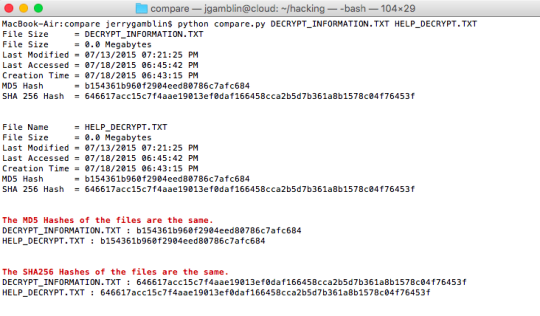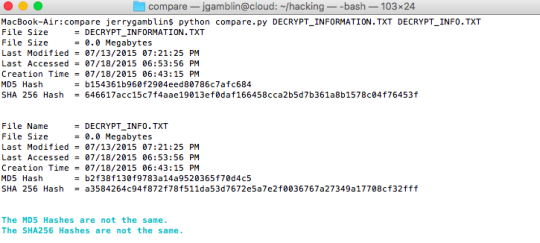HID proximity cards encode a facility code and internal card number in hex on most cards. Decoding it is extremely easy and should take less than a minute.
Equipent Needed:
Omnikey Reader (I like the 5025CL)
RFIDIOT
BRIVO Card Calculator
Steps:
Run isotype.py from the RFIDIot tool kit and copy the ID:

Past the ID into the BRIVO decoder:

It is really that simple. A made a quick video demo (that is tinted purple for some reason):
I have some writeable HID proximity cards on the way and will have a blog up soon on how to completely clone one.












